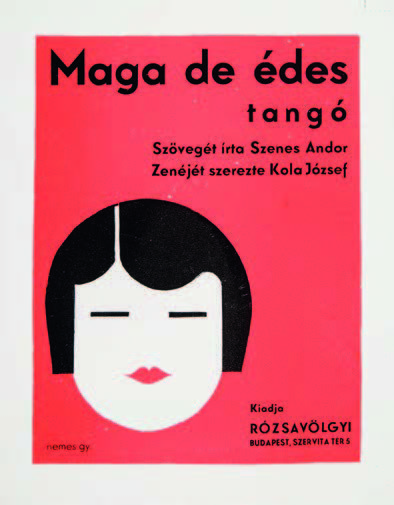Homeschooling


At Damjanich utca 32 in Budapest, the Műhely (Workshop) began its existence in 1928.
Sándor Bortnyik founded this private art school together with Farkas Molnár, an architect, Pál Forgó, an architecture critic and Árpád Szélpál, a poet. In addition to architecture (theory), product and graphic design, art history and theater as well as ceramicswere to be taught. This ambitious plan of a modern art school, which was linked to new ways of seeing and perceiving, reached far beyond the existing teaching program at the state art colleges and also the economic development in Hungary. The central figure here is Sándor Bortnyik, who had lived in Weimar from 1922-24 and was able to connect with the Bauhaus. Back in Hungary, Bortnyik initially set up the newly founded school in his own apartment at Damjanich utca 32 in Pest.
Also due to spatial and financial capacities, the many compartements of the Műhely could hardly be realized. Nevertheless, the school advanced to an elementary place of teaching in Hungary. In particular, modern commercial art has been developed as a synthesis of photography and typography. Many of the more than 100 students could only attend classes after their paid work during the evening classes. The large number of later successful artists trained at the Műhely shows the new but pioneering orientation of the school. Perhaps the power of this education lay not only in its focus on modern perception and design, but also in the more private educational setting as a small community. Far from institutional constraints, the education seems to have been more immediate, non-hierarchical, and oriented toward learning together, strongly supported by Bortnyik and his commitment. From 1929 until its end in 1938, the Műhely was based in Bortnyik’s studio at Nagymező utca 3, not far from its place of origin.